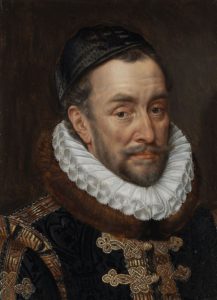The Netherlands is a fantastic place to study as an international student, in so many ways. One of it’s few downfalls, is that there is a shortage of student housing. On this page, we offer a little advice on how to make sure you have a roof over your head, during your time at Dutch University. It is best not to expect to live in luxury during your time as a student in NL, but try not to be put off by this! What you may lack in terms floor space will be more than made up for in terms of thriving student life and Dutch culture!
The Student Housing Shortage in NL
In Holland, most student towns have one problem in common: a shortage of student housing!
- It is hard enough for Dutch students to find a good place to live in the Netherlands
- Unfortunately, as a foreign student, this means that it may well be even harder for you
- It is unlikely that you will be coming to the Netherlands with a ready-built network, from which you can receive help
- What’s more, short-term accommodation is tougher to come by in NL. Since you may well not be staying in the Netherlands for long, this could put you at more of a disadvantage
How to Find Student Accommodation in NL
Here is our advice:
- Your education institution may have arranged housing for you. This will usually be the case if you are participating in an exchange program, or you are enrolled in an international course
- If you do have pre-arranged housing, we recommend that you accept it immediately! It can be tempting to try and find something for yourself. However, this will be a challenge, and the room you are offered could be give to someone else if you wait too long to accept it
- If your University has not arranged housing for you, they will probably still be able to offer some help
- Many higher education institutions in NL have special departments for foreign students. These departments are equipped to help students find a suitable place to live
- Visit your University’s website, to see whether they have a section on housing for international students
- If they have no such section, contact your institution directly
 Tip
Tip
Dutch Housing Websites
If you are undertaking the search yourself, you will probably have to navigate some housing websites, which will be written in Dutch. Try not to be too put off by this:
- The sites are quite simple to navigate once you get the hang of them
- In Dutch, ‘housing’ translates as ‘huisvesting‘
- ‘Huur‘ means ‘rent’
- ‘Kamers‘ means ‘rooms’. Anything that includes this word is usually related to housing
- Find a list of housing websites at the bottom of this page
What is Student Housing like in NL?
Once you have found a place to live, what can you expect from it?
- In Holland, students usually have their own room
- A student house will typically have a shared shower, toilet, kitchen and living room
- Students tend to live with other students. So, your roommates will probably be in the same boat as you
- It is common for men and women to live together in a shared house in Holland
- If you would rather live with people of the same sex, let your University know as soon as possible
- Due to the shortage of good accommodation in NL, you may find the room you are offered a bit small and dingy
- We’re afraid that there is not usually a lot you can do about this
- Most institutions will simply be glad to offer you shelter!
- Remember that what really makes student life great is the course, the friends and the city. Once you are happy with these areas, you will forget that your room is not too luxurious!
 Useful links
Useful links
- Housing Anywhere: Find rooms anywhere in the world
Find a room in Holland through:
- Kamernet
- Kamers
- Easy Kamer
- Starter Kit : Essential kits for your Room, Bathroom, Kitchen and more
For further information on accommodation in the Netherlands, take a look at our pages:
If you plan to stay in your hosing outside of term-time, there are so many productive ways to use your time. Finding an internship, a work placement, a temporary job, or just an activity you love is a great way to gain career experience and to integrate deeper into life in NL. The following organisations can help you with this:
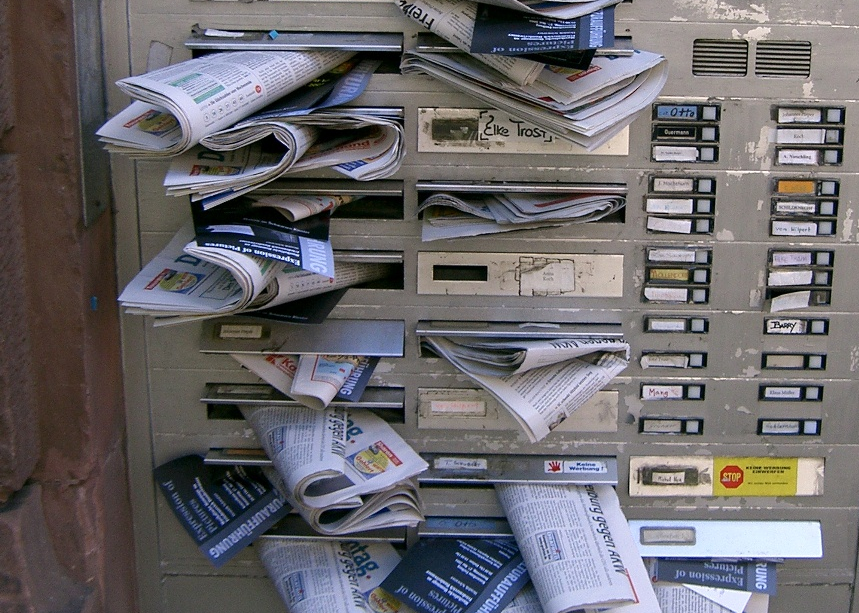
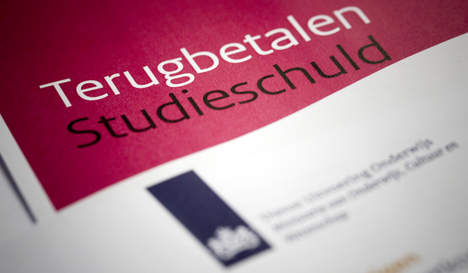
 Side Note
Side Note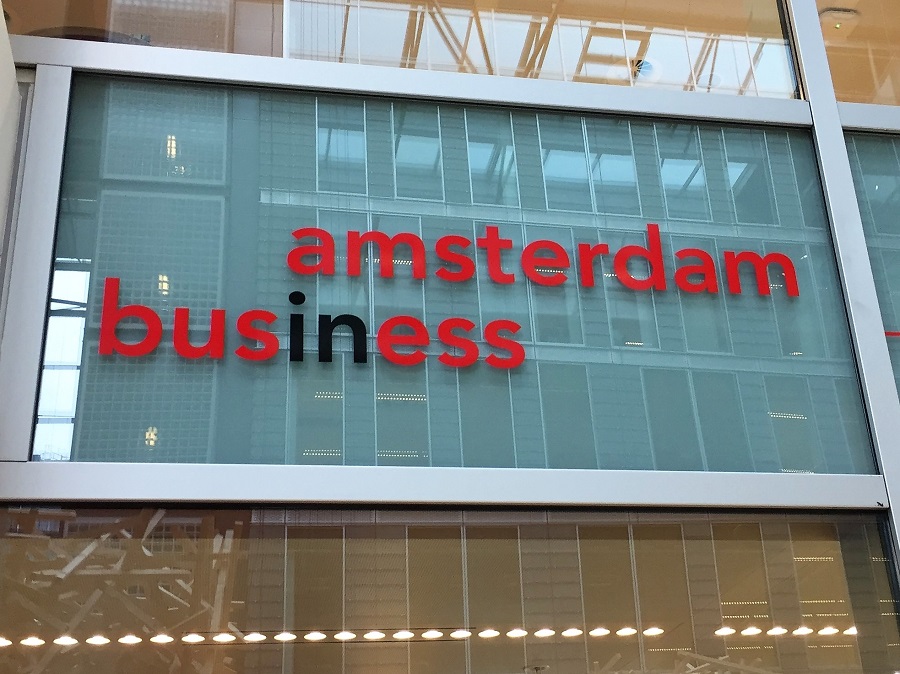
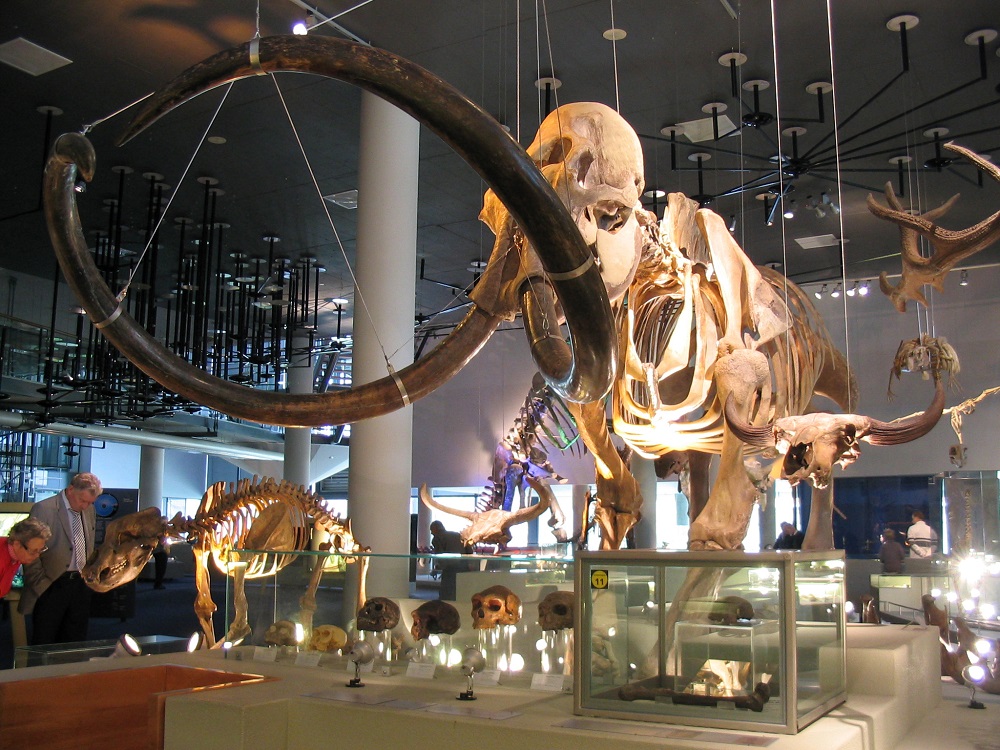
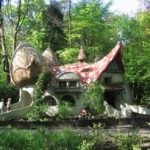
 Corpus
Corpus Safari Park Beekse Bergen
Safari Park Beekse Bergen Duinrell
Duinrell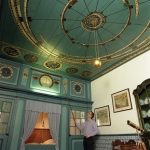 Planetarium Franeker
Planetarium Franeker Walibi World
Walibi World Madurodam
Madurodam NEMO Science Museum
NEMO Science Museum Children’s Museum at The Tropical Institute
Children’s Museum at The Tropical Institute  Louwman Museum
Louwman Museum Amersfoort Zoo
Amersfoort Zoo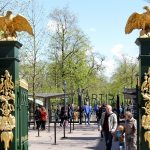 Artis Zoo
Artis Zoo Rotterdam Zoo
Rotterdam Zoo Burgers’ Zoo
Burgers’ Zoo Dolfinarium Harderwijk
Dolfinarium Harderwijk Naturalis
Naturalis Ouwehands Dierenpark
Ouwehands Dierenpark
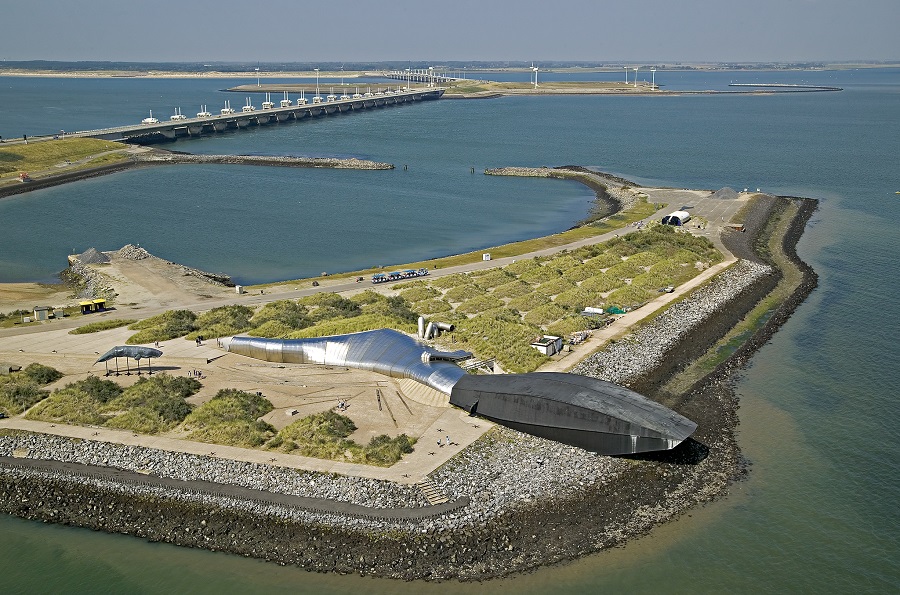
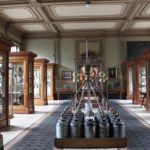 TEYLER’S MUSEUM IN HAARLEM
TEYLER’S MUSEUM IN HAARLEM BIESBOSCH NATIONAL PARK
BIESBOSCH NATIONAL PARK THE SINGER MUSEUM
THE SINGER MUSEUM RECREATIONAL AREA SPAARNWOUDE
RECREATIONAL AREA SPAARNWOUDE THORN
THORN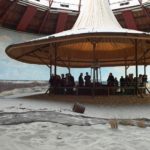 PANORAMA MESDAG
PANORAMA MESDAG WATERLAND NEELTJE JANS (THE DELTA PROJECT)
WATERLAND NEELTJE JANS (THE DELTA PROJECT)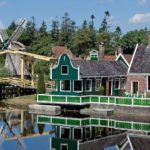 ZUIDERZEE MUSEUM
ZUIDERZEE MUSEUM EYE FILM INSTITUTE NETHERLANDS
EYE FILM INSTITUTE NETHERLANDS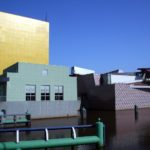 GRONINGER MUSEUM – GRONINGEN
GRONINGER MUSEUM – GRONINGEN HUNEBEDDEN (DOLMENS)
HUNEBEDDEN (DOLMENS) Recommended reading
Recommended reading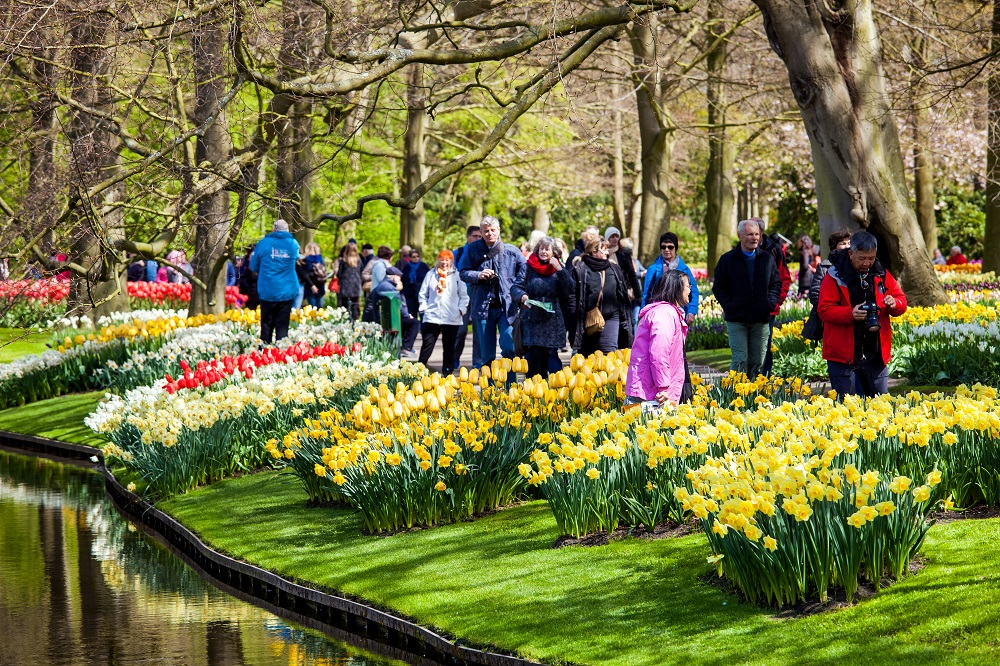
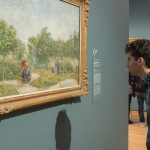 1. VAN GOGH MUSEUM
1. VAN GOGH MUSEUM 3. RIJKSMUSEUM AMSTERDAM
3. RIJKSMUSEUM AMSTERDAM 4. KEUKENHOF
4. KEUKENHOF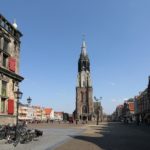 5. DELFT
5. DELFT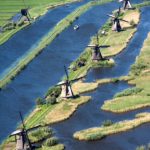 9. KINDERDIJK
9. KINDERDIJK 10. THE ARCHEON
10. THE ARCHEON


